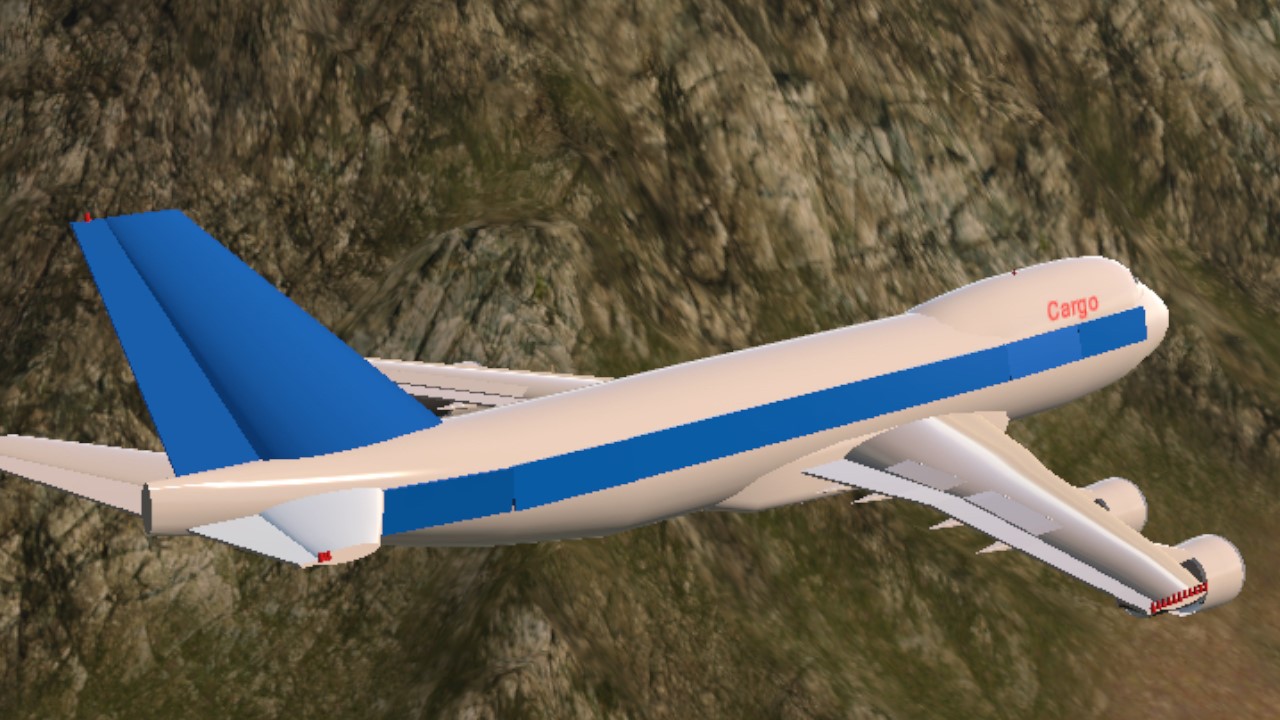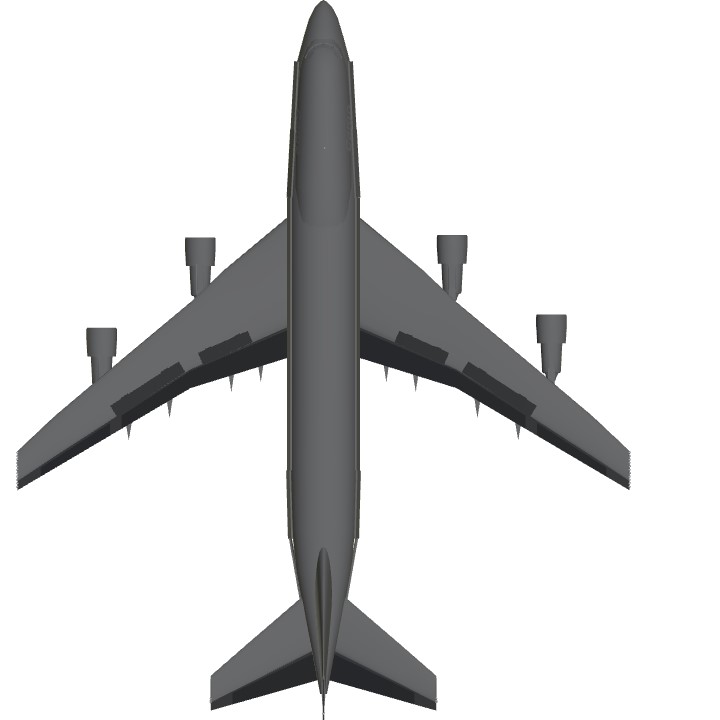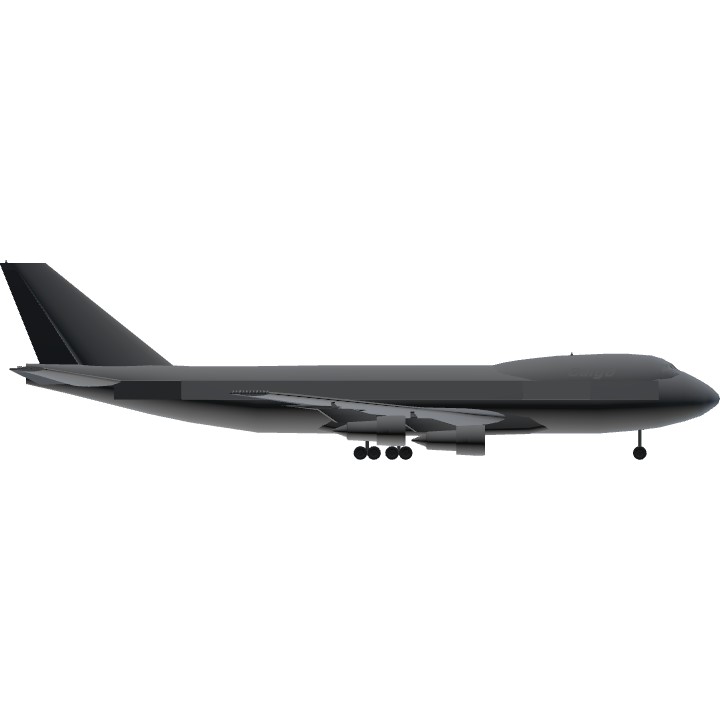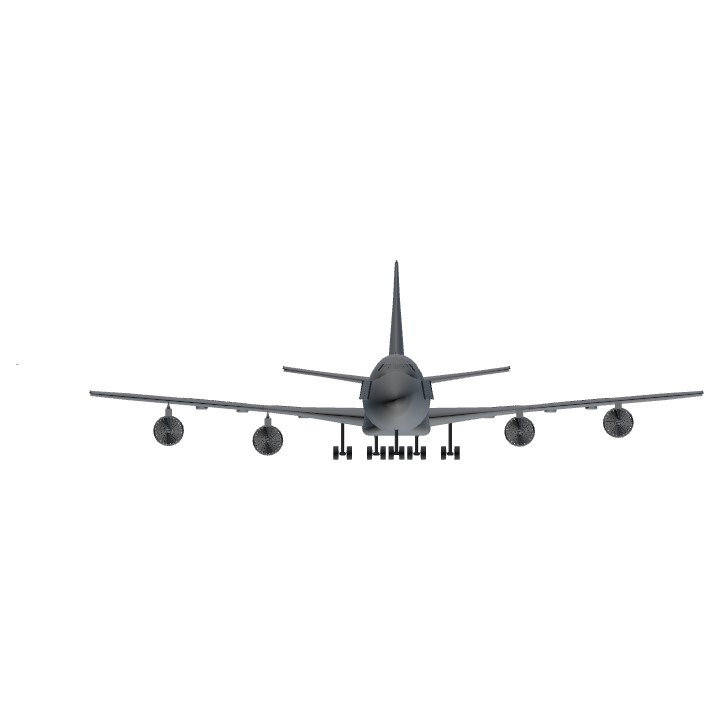El Al flight 1862 departed New York-JFK Airport for a cargo flight to Tel Aviv, Israel via Amsterdam, the Netherlands. The aircraft, a Boeing 747-258F, arrived at Amsterdam-Schiphol Airport at 14:40 hours local time for a crew change, cargo processing and refueling. The total amount of cargo was 114.7 tons, gross weight of the aircraft 338.3 tons which was 21 tons below the maximum allowable.
The aircraft taxied out to runway 01L at 18:14 and started the takeoff roll at 18:21. At 18:28:30, as the aircraft was climbing through 6500 feet, the no. 3 engine and pylon separated from the wing in an outward and rearward movement, colliding with the no. 4 engine causing this engine and pylon to separate as well. An emergency was declared and the crew acknowledged their intention to return to Schiphol Airport and reported that they had a no. 3 engine failure and a loss of engine thrust of both no. 3 and 4 engine. At 18:28:57 the Amsterdam Radar controller informed the crew that runway 06 was in use with wind from 40 degrees at 21 knots. The crew however requested runway 27 for landing. A straight in approach to runway 27 was not possible because of airplane altitude (5000 feet) and distance to the runway (7 miles). The Amsterdam Arrival controller then instructed the crew to turn right heading 360 degrees and descend to 2000 feet. During this descending turn the flight crew reported that the no. 3 and 4 engine were out and that they were having flap problems. Final clearance was given to turn right heading 270 to intercept the final approach course. When it became apparent that the aircraft was going to overshoot the localizer, the controller informed the crew accordingly and directed them to turn to heading 290 to try and intercept the final approach path again. A further instruction was given for a 310 degree heading change and descent clearance for 1500 feet. These instructions were acknowledged and the crew added that they were experiencing control problems. While reducing speed in preparation for the final approach, control was lost and the aircraft crashed into an eleven-floor apartment building the Bijlmermeer suburb of Amsterdam.
PROBABLE CAUSE: "The design and certification of the B747 pylon was found to be inadequate to provide the required level of safety. Furthermore the system to ensure structural integrity by inspection failed. This ultimately caused - probably initiated by fatigue in the inboard midspar fuse-pin - the no. 3 pylon and engine to separate from the wing in such a way that the no. 4 pylon and engine were torn off, part of the leading edge of the wing was damaged and the use of several systems was lost or limited. This subsequently left the flight crew with very limited control of the airplane. Because of the marginal controllability a safe landing became highly improbable, if not virtually impossible."

AG1——Drop the engines
AG2——Reverse
AG4——Side Lights
AG5——Top lights
Specifications
General Characteristics
- Predecessor Boeing 747-200
- Created On iOS
- Wingspan 165.2ft (50.4m)
- Length 173.1ft (52.8m)
- Height 47.9ft (14.6m)
- Empty Weight 145,236lbs (65,878kg)
- Loaded Weight 181,151lbs (82,169kg)
Performance
- Power/Weight Ratio 59552.72
- Wing Loading 48.0lbs/ft2 (234.6kg/m2)
- Wing Area 3,770.7ft2 (350.3m2)
- Drag Points 24494
Parts
- Number of Parts 518
- Control Surfaces 12
- Performance Cost 2,535





@Singaporeairlinesguy :(
@A360 u suk
@A360 you mean isn't country
@Singaporeairlinesguy me too
me too,but this just a livery@Ryanirlover
I don't like isreal